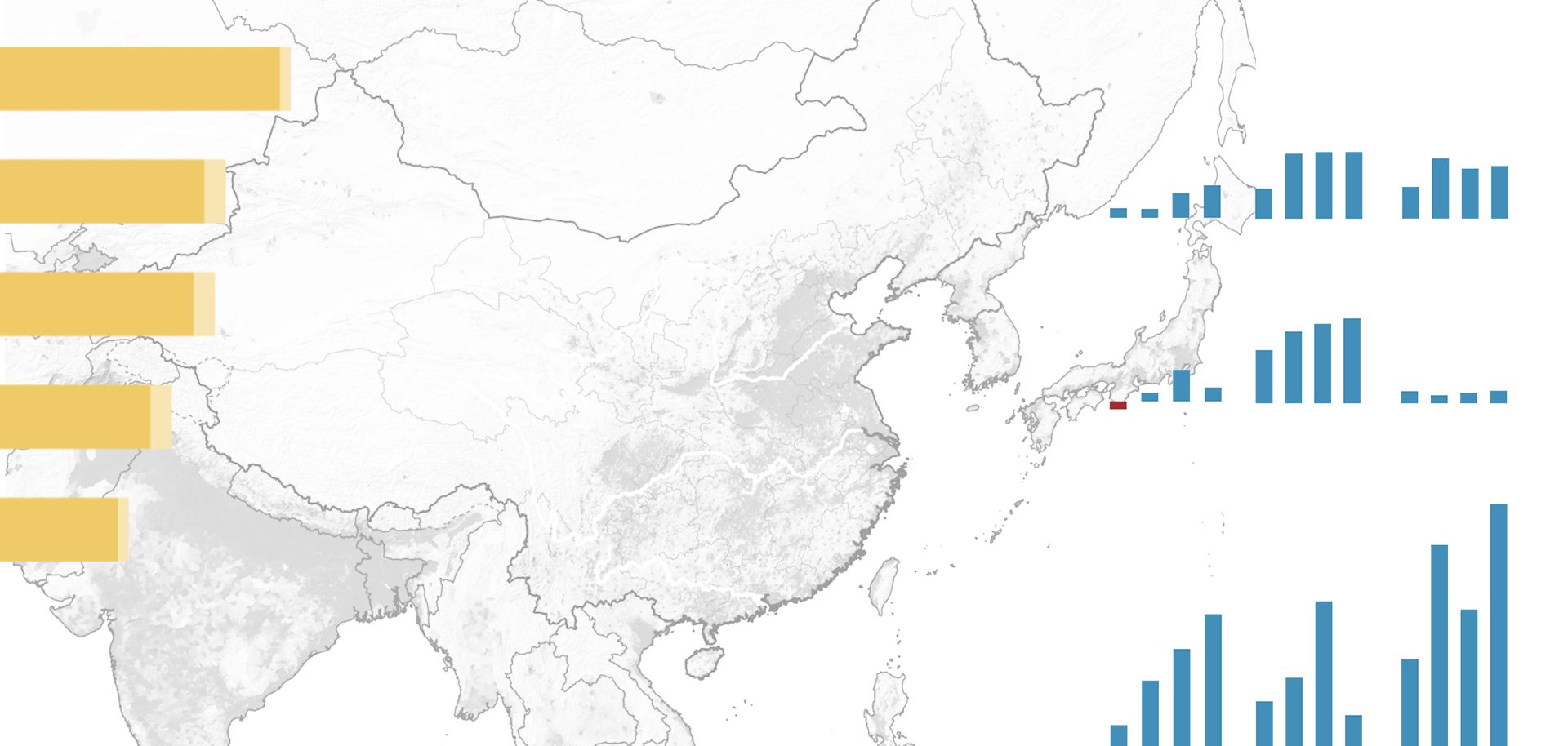
Over the past decade, the average gross domestic product (GDP) per capita in central Chinese provinces increased fivefold. After the "Rise of Central China" plan — intended to develop inland industry and infrastructure and eventually develop an inland consumer base — was inaugurated in 2004, every central province's economy experienced double-digit growth per year (often higher than 20 percent), with the exception 2009, when the fallout from the global recession briefly brought China's economy to a halt. Inland China's rising overall GDP and GDP per capita testify to Beijing's at least partial success in modernizing and connecting the region to the national economy. Nonetheless, growth within the region remains uneven, and despite progress, the average GDP per capita still lags significantly behind coastal provinces. In 2011, average GDP per capita along the coast reached 52,838 yuan (roughly $8,300), 44 percent higher than in inland provinces. Regional GDP per capita in China — excluding the far west and northeast — divides into four tiers. The first consists of China's wealthiest municipalities, like Shanghai, Beijing and Tianjin, all of which reported per capita GDP over 80,000 yuan in 2011. Next are the five major coastal provinces: Jiangsu, Zhejiang, Guangdong, Shandong and Fujian, with per capita GDP over 45,000 in 2011. Between the coastal and central provinces are Chongqing, Hubei and Hebei. While the bulk of Hebei's economy centers on agriculture production and mining (largely to supply Beijing and Tianjin), it does have several urban special economic zones along its small coast, making it a hybrid economy. Likewise, Hubei and Chongqing along the Yangtze represent the industrial and transport core of inland China. Hubei's capital, Wuhan, is the major railway hub for central China. The remaining central China provinces, along with the Sichuan Basin, all fall in the bottom half of Chinese provinces, with per capita GDPs between 25,000 and 35,000 yuan. Aside from a few urban centers with heavy manufacturing, these provinces' economies are almost entirely geared toward primary industry: subsistence farming, resource extraction and low value-added manufacturing.



